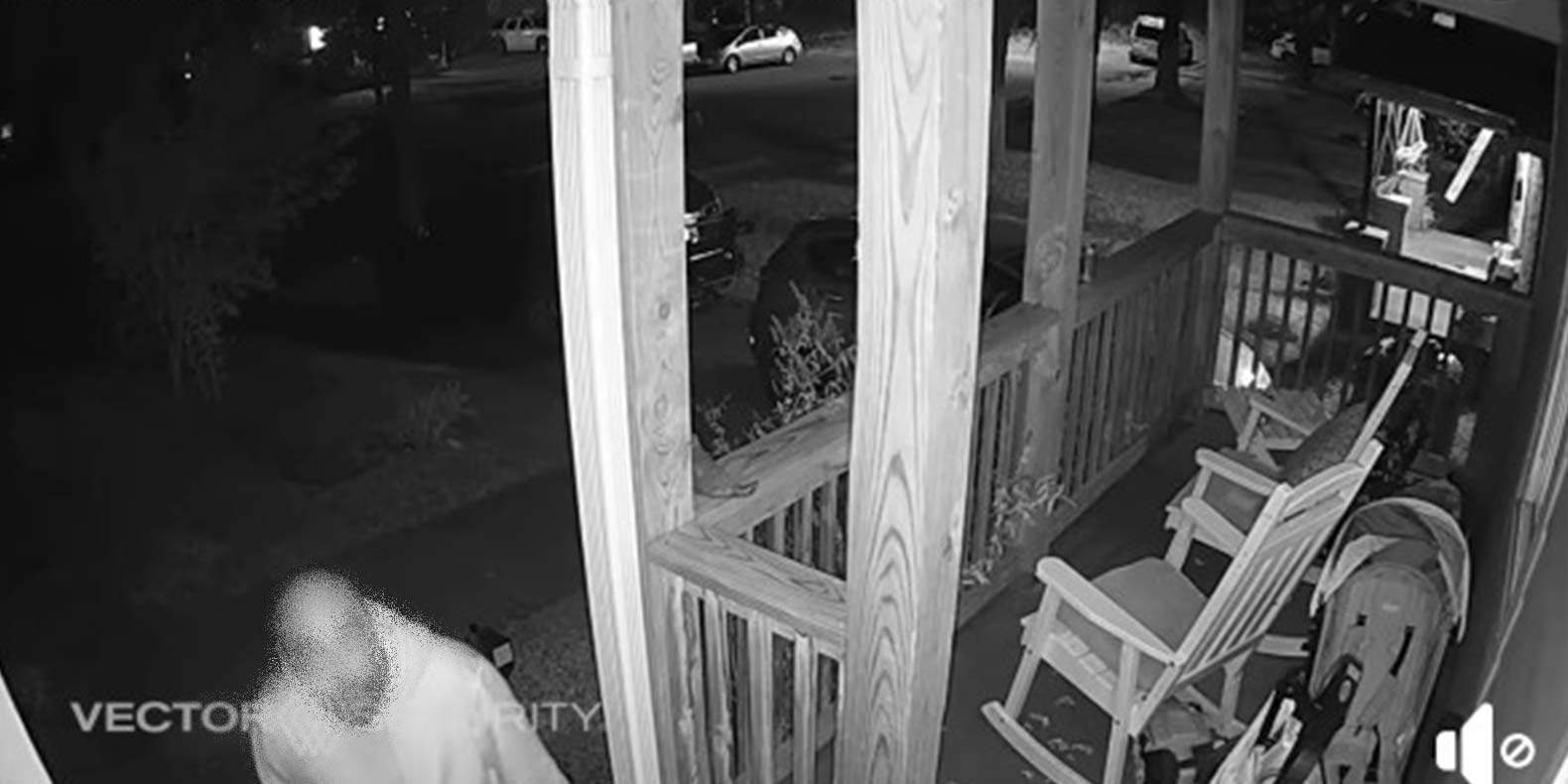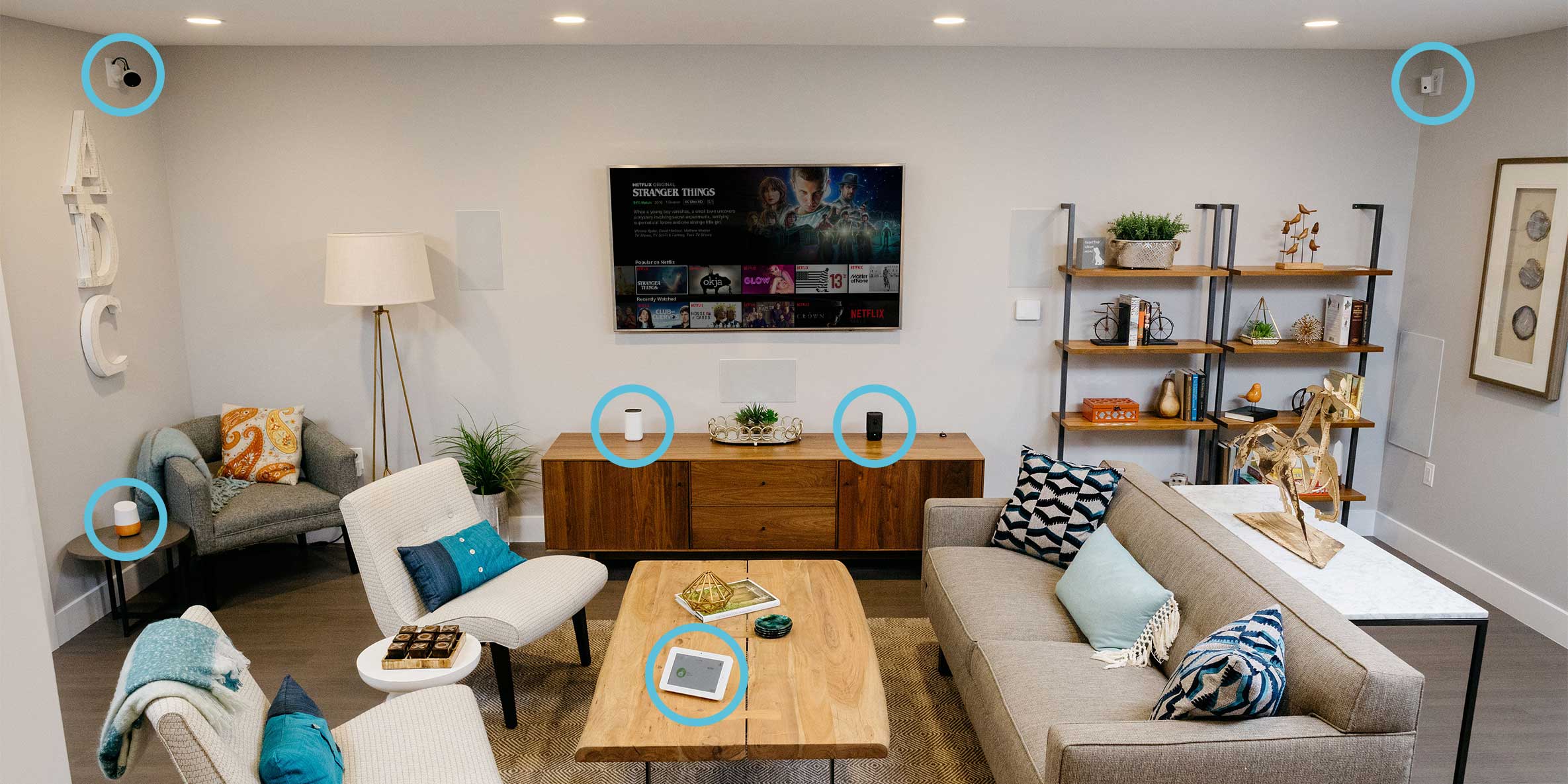When was the last time you checked the batteries in your home’s smoke detectors? While many detectors will beep to indicate the batteries need replaced, that’s not a full-proof plan to ensuring your home and loved ones are protected from a potential fire.
According to the U.S. Fire Administration, homeowners should check all smoke and carbon monoxide alarms once a month by pushing the “test” button on the device. If you find one or more of your detectors has low batteries, use this guide to properly replace them.
1. Set your account to test mode.
Before doing anything, ensure your security system is either on hold, test or “disregard.” You can quickly adjust this setting in your mobile app or by calling your company’s monitoring center. Some companies have an online customer portal where you can place your system on test.
If your detectors are hard-wired, not battery-operated, take this time to turn off the main power at your circuit breaker to avoid electrical shock.
2. Remove the detector from base.
Once your security system is safely in test mode, remove the detector from its base on the ceiling or wall. For most devices, this can be done by simply twisting counterclockwise. However, some hard-wired and older models have plastic locks that require a screwdriver to pop the cover open.
3. Remove old batteries.
After dismounting the detector, remove the old batteries from the device.
If you’re using a 2GIG Smoke and Heat Detector, you’ll be removing three AAA batteries. For many other smoke and carbon monoxide detectors, 9v batteries are the popular choice.
4. Insert new batteries.
Wait at least 20 seconds after removing batteries to ensure a proper power-down sequence. Once 20 seconds is up, insert your new batteries into the device, correctly aligning negative and positive connections, and snap the cover back in place.
5. Reinstall the detector on its base.
Now that your device is up and running again, reattach your detector to the mounting base by turning clockwise until the mating marks align. This should automatically power up your detector, which is indicated by a green LED light blinking every 12 seconds.
6. Test the alarm.
Before you finish reinstalling the detector, ensure the new batteries work by pushing the “test” button on the device.
If the test alarm doesn’t sound, check your batteries and try again. If that doesn’t resolve the issue, you may need to replace your smoke detector entirely.
7. Turn your security system back on.
Now that your detectors are working correctly, make sure your system is back online by adjusting the settings using your mobile app, visiting the online customer portal or by calling your company’s monitoring center.
Visit our video gallery for a full video tutorial walking your through smoke detector battery replacement.
Smoke Alarm Safety Tips
Smoke detectors are installed to keep you and your loved ones safe. Use these tips to keep your devices updated and working properly for years to come.
- Test every alarm, including those on every floor of your house, bedrooms, hallways, kitchen and dining areas, as well as rooms with fireplaces.
- Pick a day of the month to check all alarms so it becomes routine.
- Check the expiration date on the back of your devices. Most last ten years from the manufacture date.
- Consider detectors that sync with your professional security system to ensure monitored coverage 24/7—even when you’re not at home.
- Ensure fire alarms send alerts to your smartphone, tablet or computer in the event of an emergency.
- Schedule a system inspection with your security company at least once every two years. This often includes replacing dead batteries in both smoke and carbon monoxide alarms.
- Create a fire escape plan in case you need to make an emergency exit from your home.
Not every person or every home has the same security and safety needs, especially when it comes to personal wellness. Contact a trusted member of the Vector Security team today to explore our custom life safety solutions.



